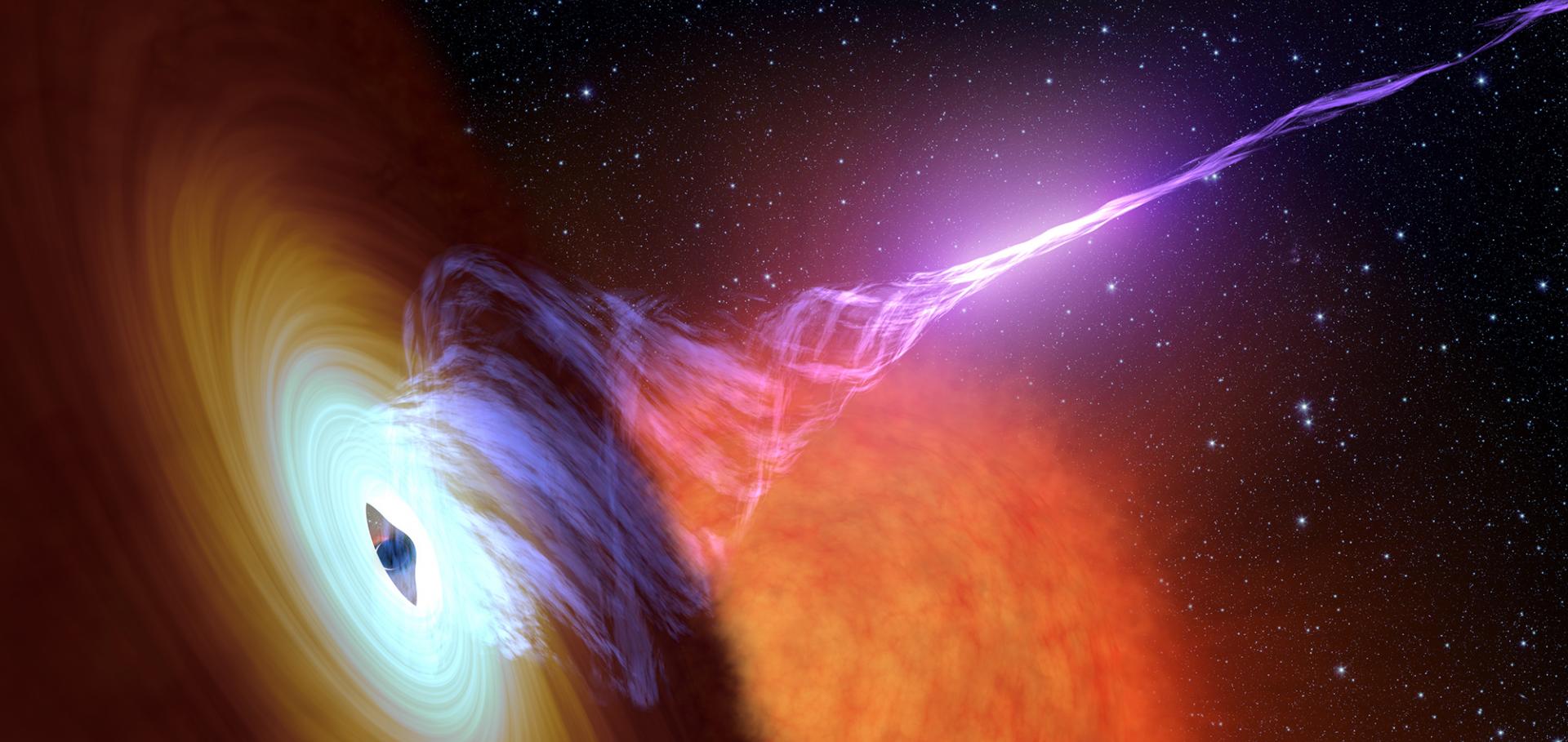Fast infrared variability from a relativistic jet in GX 339-4
(2010)
Powerful jets from accreting black holes: evidence from the optical and infrared
(2010)
A global spectral study of black hole X-ray binaries
Monthly Notices of the Royal Astronomical Society 403:1 (2010) 61-82
Abstract:
We report on a consistent and comprehensive spectral analysis of the X-ray emission of 25 black hole X-ray binaries. All publicly available observations of the black hole binaries in the RXTE archive were analysed. Three different types of model were fitted to investigate the spectral changes occurring during an outburst. For the population, as well as for each binary and each outburst from each binary, we construct two diagnostic diagrams. The hardness intensity/luminosity diagram (HID/HLD), the X-ray colour against the flux/luminosity of the binary, is most useful when studying a single binary. However, to compare different binary systems, the disc fraction luminosity diagram (DFLD) is more useful. The DFLD uses the luminosities of the disc and power-law components to calculate the ratio of the disc luminosity to the total luminosity, resulting in a more physical value, which is analogous to the X-ray colour calculated for X-ray binaries. The tracks of the outbursts populate the DFLD more evenly than the HLD. We discuss the limitations of both diagnostic diagrams for the study of the X-ray binary outbursts and clearly illustrate how the two diagrams map on to each other for real outburst data. The similarity of the X-ray colour and disc fraction behaviour over time during an outburst originally seen in GX 339-4 data is seen in other sources' outbursts. We extract the peak luminosities in a single outburst, as well as the luminosities at the transitions away from and returning to the power-law-dominated state for each outburst. The distribution of the luminosities at the transition from the power-law to the disc-dominated state peaks at around 0.3LEdd, the same as the peak of the distribution of the peak luminosities in an outburst. Using the disc fraction to calculate the transition luminosities shows that the distributions of the luminosities for the transitions away from and returning to the power-law-dominated state are both broad and appear to overlap. Using the change in disc fraction to calculate the date when a transition occurred is not drastically different from obtaining the dates from changes in the timing behaviour of the X-ray binary. In addition, we calculate the rate of motion of an X-ray binary through the DFLD during an outburst, a diagnostic which has the potential to be used as a comparison with populations of active galactic nuclei. The fastest rate of motion is on the egress and ingress from the power-law-dominated state. A further region of increased speed through the diagram occurs in the disc-dominated state on the return to the power-law-dominated state. Finally, we compare the measured X-ray luminosities with a small number of contemporaneous radio measurements. Overall, this is the most comprehensive and uniform global study of black hole X-ray binaries to date. © 2010 The Authors. Journal compilation © 2010 RAS.A long-term optical-X-ray correlation in 4U 1957+11
Monthly Notices of the Royal Astronomical Society 402:4 (2010) 2671-2681


